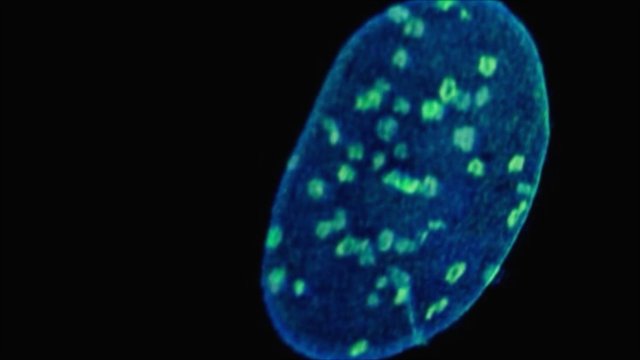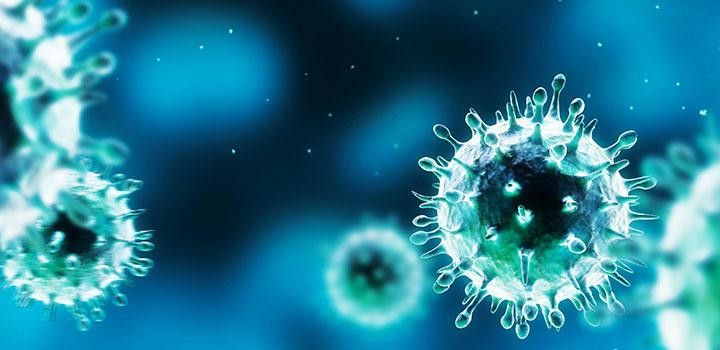
Quantum physicists have now achieved controlled entanglement of 14 quantum bits (qubits) and, thus, realized the largest quantum register that has ever been produced. With this experiment the scientists have not only come closer to the realization of a quantum computer but they also show surprising results for the quantum mechanical phenomenon of entanglement.

What’s the News: This week, scientists say that they’ve passed a chemistry milestone by creating the world’s first practical photosynthesis device. The playing-card-sized photosynthetic gadget uses sunlight to split water molecules into oxygen and hydrogen, which can then be used to produce energy, and is reputedly 10 times more efficient than a natural leaf. Researchers …

(PhysOrg.com) -- Scientists from the U.S. Department of Energy

Researchers at Rice University have created a synthetic material that gets stronger from repeated stress, much like the body strengthens bones and muscles

Researchers at the University of Wisconsin, Madison, led by Minrui Yu, have successfully induced nerve cell tendrils to grow through semiconductor tubes

Researchers at the University of Illinois at Urbana-Champaign have developed a three-dimensional nanostructure for battery cathodes that allows for dramatically

(PhysOrg.com) -- In the classical world, information can be copied and deleted at will. In the quantum world, however, the conservation of quantum information means that information cannot be created nor destroyed. This concept stems from two fundamental theorems of quantum mechanics: the no-cloning theorem and the no-deleting theorem.

Picture a metal that

A technique to image living cells in action, in an unprecedented mix of detail in both time and space, is described by researchers.

Physicists have for the first time caused a gas of atoms to exhibit an important quantum phenomenon known as spin-orbit coupling. Their technique opens new possibilities for studying and better understanding fundamental physics and has potential applications to quantum computing, next-generation

Physicists at the University of Illinois at Urbana-Champaign have shown how charged black holes can be used to model the behavior of interacting electrons